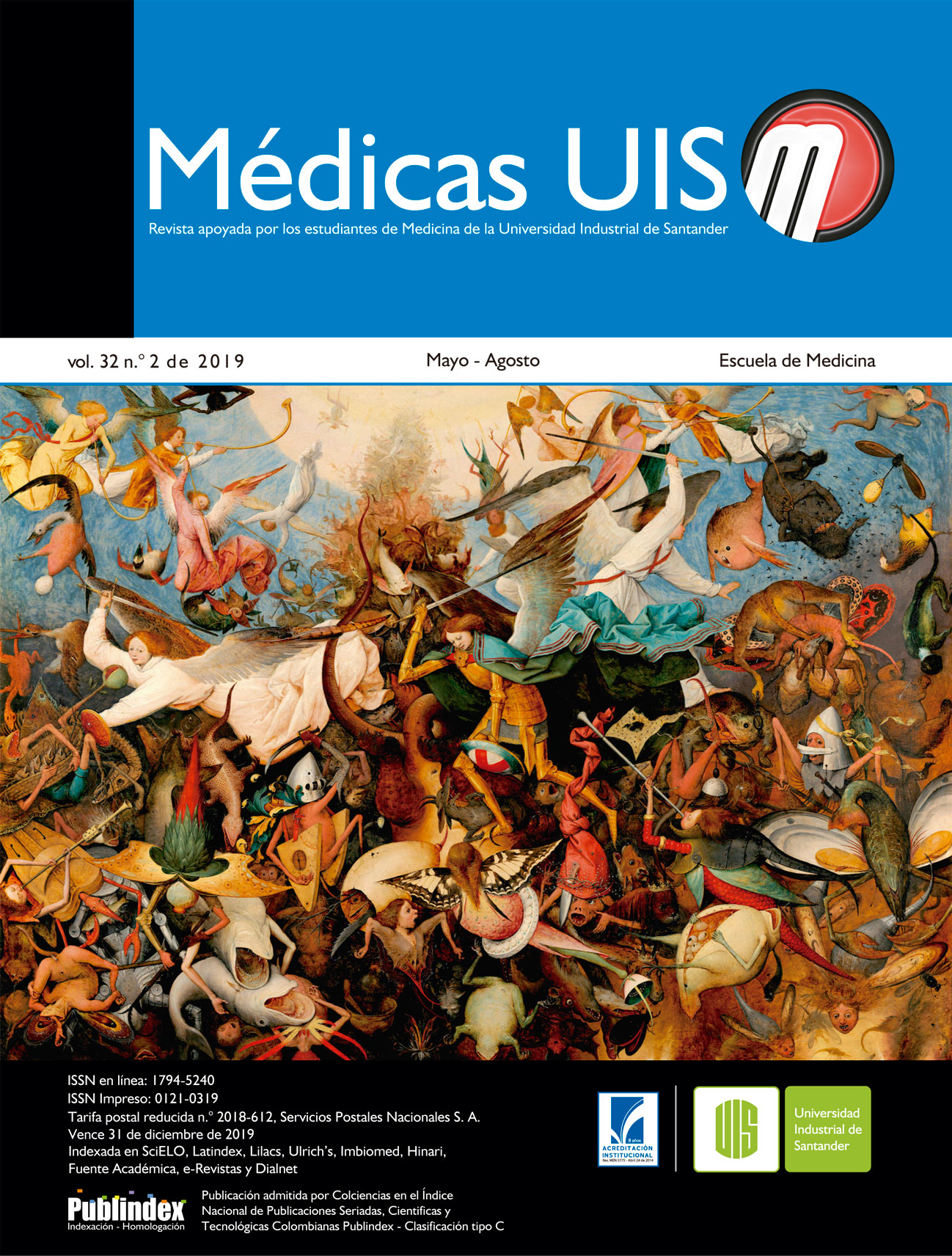Resumen
La nutrición y salud de los lactantes es de vital importancia en la sociedad actual. Los probióticos surgen como suplementos para la innovación de alimentos funcionales para lactantes. El objetivo de esta revisión fue conocer cuáles probióticos son los más empleados en el desarrollo de nuevos productos alimenticios funcionales para lactantes. Se contó con más de cincuenta referencias bibliográficas que tuvieran el desarrollo de alimentos funcionales a partir de una bacteria probiótica y sus beneficios en salud, publicadas en las siguientes bases de datos: EBSCO HOST, PLOS y DOAJ. Se encontró que el Bacillus coagulans surge como una alternativa que mejora las condicionesde biodisponibilidad, y se encontraron estudios que indagan por beneficios de los probióticos en el aspecto antropométrico. Reconociendo los beneficios de los probióticos en la salud de los lactantes, su aplicación exige mayor cumplimiento de criterios de la Sociedad Europea de Gastroenterología, Hepatología y Nutrición Pediátrica. MÉD.UIS.2019;32(2): 31-9
Referencias
2. Sharma Shiwani, Anshul dutt Sharma BC. Functional Food : AReview. J Pharm Res. 2011;4(10):3618–9.
3. Ye W, Chen J, Wang J, Cai Y. The stability of probiotics added to the food. J Chem Pharm Res. 2013;5(12):27–9.
4. Maja B, Marica R, Ljiljana M, Svetlana N, Maja V-S, Aleksandra D-V. Improvement of production performance of functional fermented whey-based beverage. Chem Ind Chem Eng Q. 2012;20(00):96–96.
5. Walsh H, Cheng J, Guo M. Effects of Carbonation on Probiotic Survivability, Physicochemical, and Sensory Properties of MilkBased Symbiotic Beverages. J Food Sci. 2014;79(4).
6. Mpofu A, Linnemann AR, Sybesma W, Kort R, Nout MJR, Smid EJ. Development of a locally sustainable functional food based on mutandabota, a traditional food in southern Africa. J Dairy Sci. 2014;97(5):2591–9.
7. Das A, Ray S, Raychaudhuri U, Chakraborty R. Microencapsulation of Probiotic Bacteria and its Potential Application in Food Technology. Int J Agric Environ Biotechnol. 2014;7(1):47.
8. Bernardeau M, Vernoux JP. Overview of differences between microbial feed additives and probiotics for food regarding regulation, growth promotion effects and health properties and consequences for extrapolation of farm animal results to humans.
Clin Microbiol Infect. 2013;19(4):321–30.
9. Sousa S, Gomes AM, Pintado MM, Silva JP, Costa P, Amaral MH, et al. Characterization of freezing effect upon stability of, probiotic loaded, calcium-alginate microparticles. Food Bioprod Process. 2015;93:90–7.
10. Miyake Y, Yamamoto K. Role of gut microbiota in liver diseases. Hepatol Res. 2013;43(2):139–46.
11. Hickey L, Jacobs SE, Garland SM. Probiotics in neonatology. JPaediatr Child Health. 2012;48(9):777–83.
12. Liu X, Champagne CP, Lee BH, Boye JI, Casgrain M. Thermostability1 of Probiotics and Their α -Galactosidases and the Potential for Bean Products. Biotechnol Res Int. 2014;2014:472723.
13. Van den Nieuwboer M, Brummer RJ, Guarner F, Morelli L, Cabana M, Claassen E. Safety of probiotics and synbiotics in children under 18 years of age. Benef Microbes. 2015;6(5):615–30.
14. Ackerberg TS, Labuschagne IL, Lombard MJ. The use of prebiotics and probiotics in infant formula. South African Fam Pract. 2012;54(4):322–3.
15. F A O Foodnutrition. Probiotics in food FOOD AND NUTRITION. FAO FOOD NUR Pap. 2006;
16. Tintore M. , Colome G., Santas J. EJ. Gut Microbiota Dysbiosis and Role of Probiotics in Infant Colic. Arch Clin Microbiol. 2017;8(4 (56)):1–7.
17. Ganguly NK, Bhattacharya SK, Sesikeran B, Nair GB, Ramakrishna BS, Sachdev HPS, et al. ICMR-DBT Guidelines for evaluation of probiotics in food. Indian J Med Res. 2011;134(7):22–5.
18. Araya M, Morelli L, Reid G, Sanders ME, Stanton C, Pineiro M, et al. Guidelines for the Evaluation of Probiotics in Food. Jt FAO/ WHO Work Gr Rep Draft Guidel Eval Probiotics Food. 2002;1–11.
19. Parlamento Europeo. Reglamento (UE) 2015/2283. D Of la Unión Eur Agencia Estatal Boletín Of del Estado. 2015;327:1–22.
20. Donovan SM, Schneeman B, Gibson GR, Sanders ME. Establishing and Evaluating Health Claims for Probiotics 1,2. Adv Nutr. 2012;3:723–5.
21. De Azevedo MSP, Innocentin S, Dorella F a., Rocha CS, Mariat D, Pontes DS, et al. Immunotherapy of allergic diseases using probiotics or recombinant probiotics. J Appl Microbiol. 2013;115(2):319–33.
22. Martín-Muñoz MF, Fortuni M, Caminoa M, Belver T, Quirce S, Caballero T. Anaphylactic reaction to probiotics: Cow’s milk and hen’s egg allergens in probiotic compounds. Pediatr Allergy Immunol. 2012;23(8):778–84.
23. Hussey S, Wall R, Gruffman E, O’Sullivan L, Ryan CA, Murphy B, et al. Parenteral antibiotics reduce bifidobacteria colonization and diversity in neonates. Int J Microbiol. 2011;2011.
24. Ismail IH, Licciardi P V., Tang MLK. Probiotic effects in allergic disease. J Paediatr Child Health. 2013;49(9):709–15.

Esta obra está bajo una licencia internacional Creative Commons Atribución 4.0.
Derechos de autor 2019 Médicas UIS
